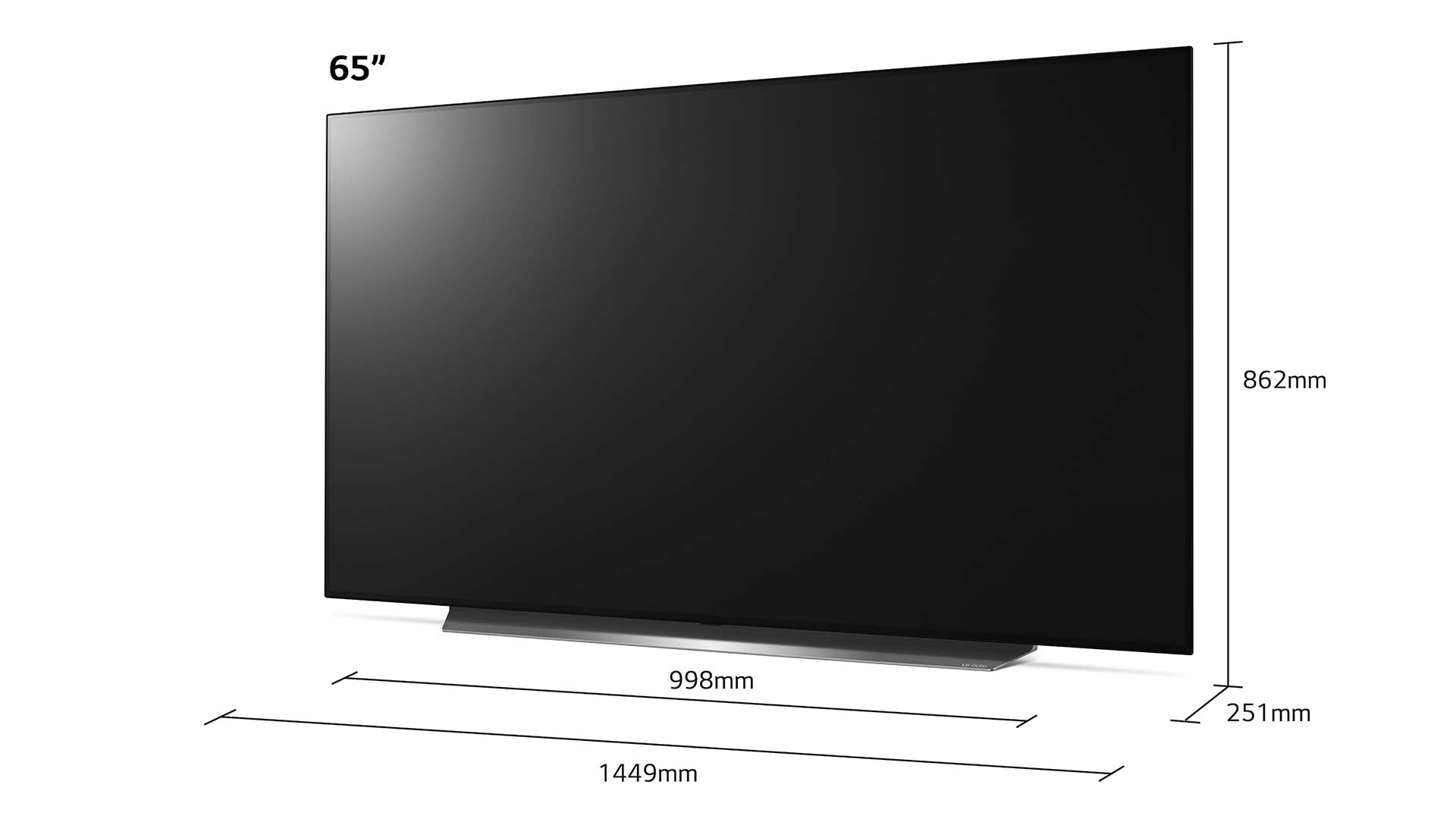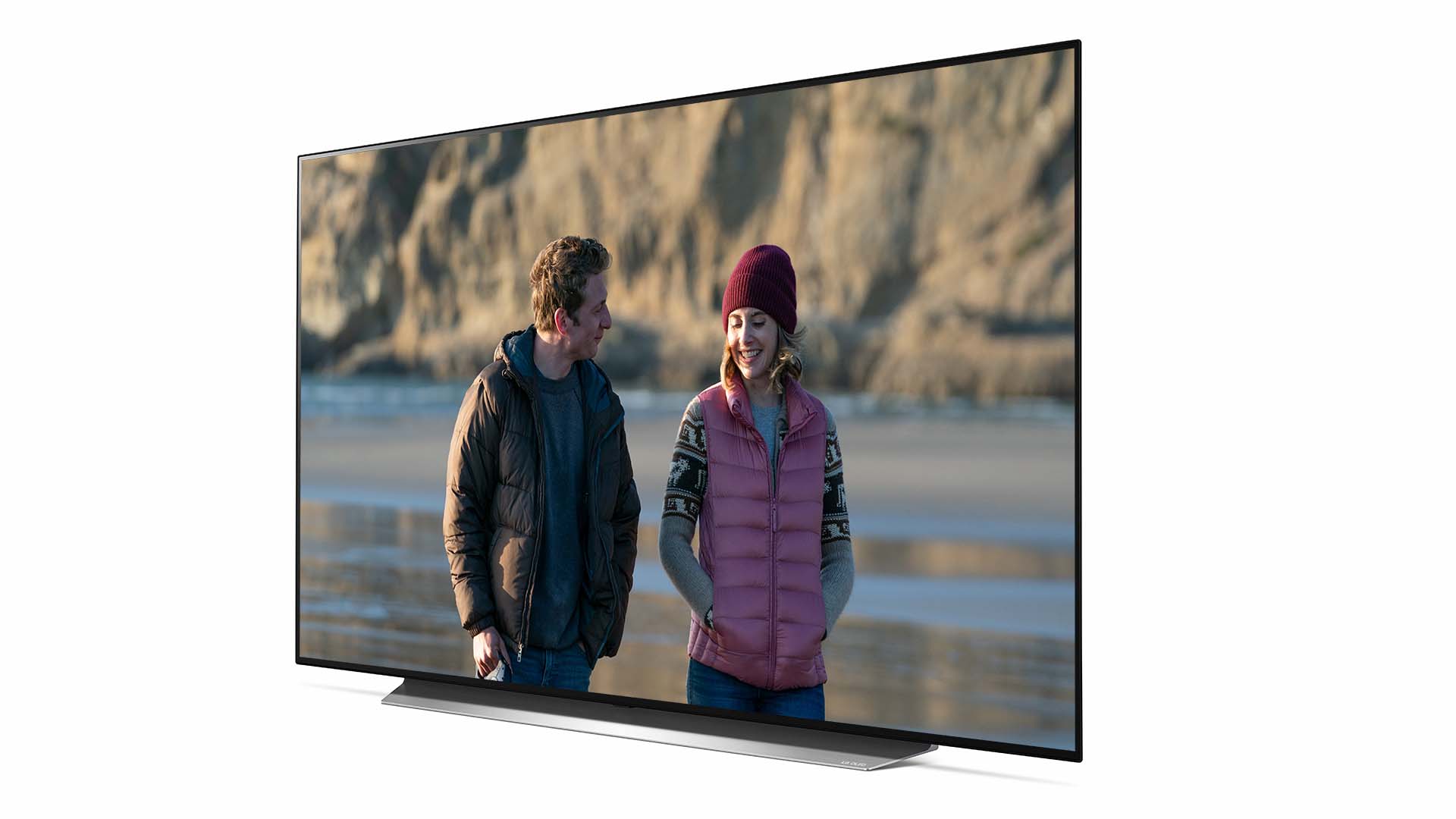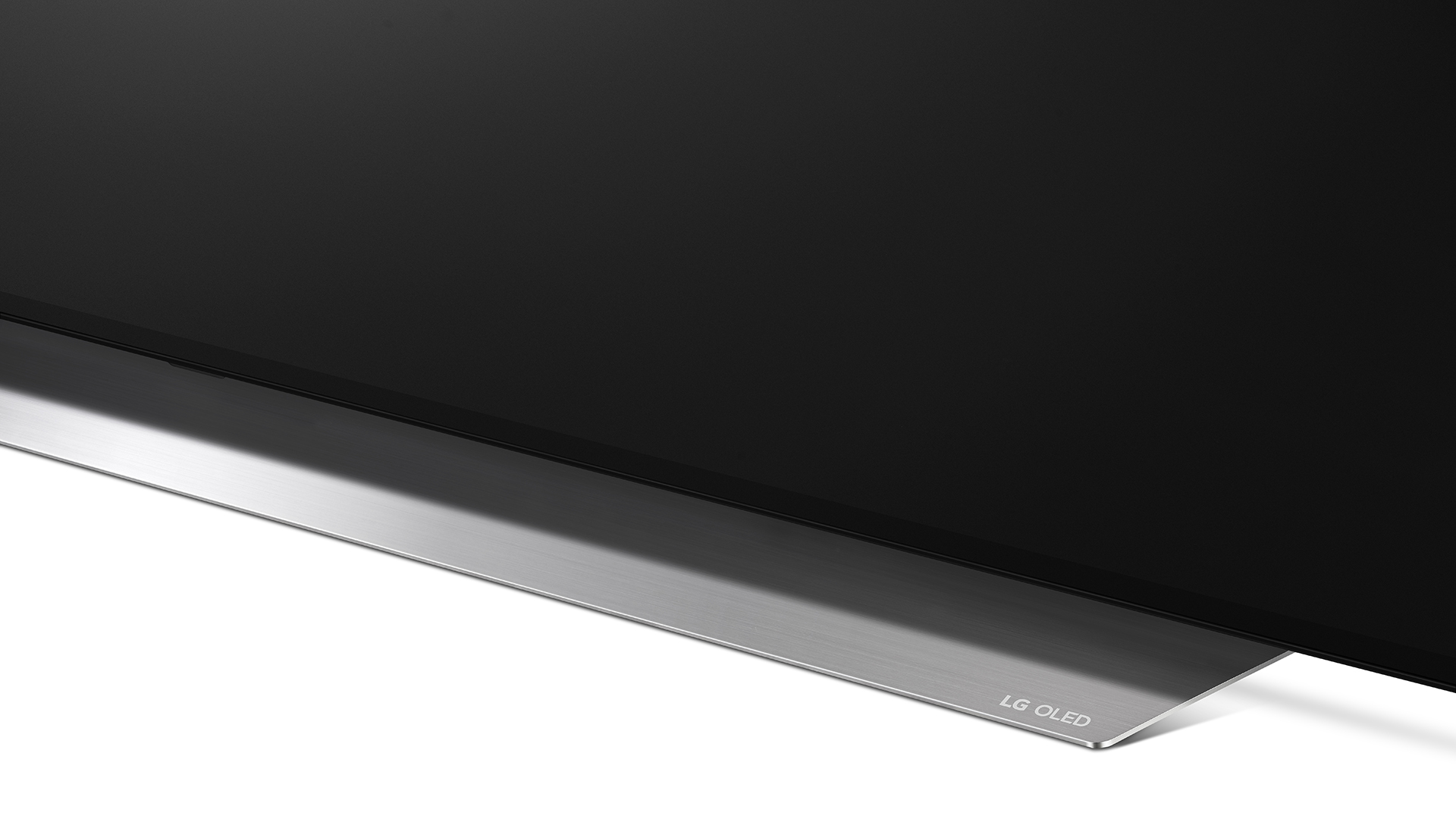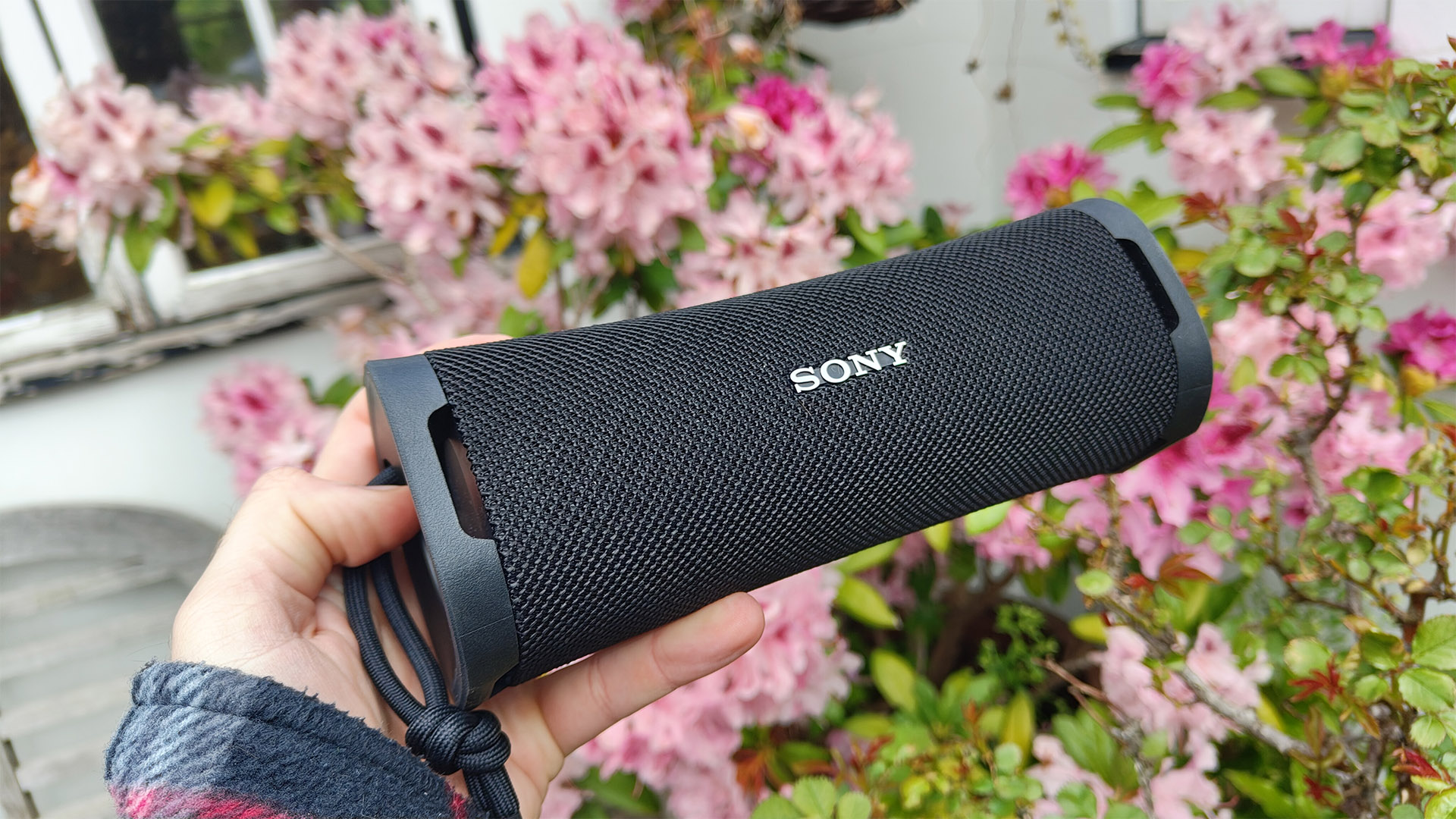What Hi-Fi? Verdict
The CX isn’t as domineering as its C9 predecessor, but it’s still a superb all-rounder and the best 2020 TV to buy if you’re into gaming
Pros
- +
Impressive picture performance
- +
Full set of HDMI 2.1 features
- +
Good operating system
Cons
- -
Can be beaten for sharpness
- -
Still missing some apps
Why you can trust What Hi-Fi?
No TV carries with it a greater sense of expectation than a C-class LG OLED.
For the last few years, this has been the most affordable model in LG’s OLED range that gets you the company’s best panel and processing tech – that’s a particularly big deal when you consider that LG is the progenitor of the current OLED TV revolution and the brand responsible for manufacturing the panel of every OLED TV you can currently buy, regardless of the badge on the bezel.
The C-class model for 2020 is the CX. We have already tested it in its 55-inch and 48-inch guises, so how will it fare at a much more cinematic 65-inches?
Pricing
The OLED65CX launched in 2020 at £2799 ($2800, AU$5399) but is currently priced at £2299 ($2100, AU$4000).
In the UK, the 65-inch CX is listed as either the OLED65CX6LA or OLED65CX5LB. The only difference between the two is the finish: the 6LA is ‘Dark Silver’ and the 5LB is ‘Light Silver’. The model code in the US is OLED65CXPUA, and in Australia it’s OLED65CXPTA.
There’s a cheaper 2020 LG OLED, the BX, but this uses an older version of LG’s processor so isn’t expected to deliver the same level of performance. Opting to go further up the range with the GX, WX or RX brings upgraded styling and speakers, but not an improved picture performance. In fact, the WX and RX have slightly downgraded HDMI sockets when compared to the more affordable CX and GX.
Should you want a smaller CX model, it’s also available at 48-inch and 55-inch sizes, or you can go bigger with a 77-inch model.
The latest hi-fi, home cinema and tech news, reviews, buying advice and deals, direct to your inbox.
Bear in mind that the CX is now approaching its end of life. Its replacement, the C1, has already been announced, although it will be a few months yet before you’ll be able to buy it.
Features

The CX looks practically identical to 2019’s C9. It’s always slightly disappointing when a manufacturer doesn’t update the styling for a new generation model, but it was already more elegant than most, thanks to its sleek pedestal stand. The stand is fairly wide, but the LG CX’s overall footprint is narrower than sets that have feet at either end of the bottom edge. The CX does sit rather low, though, which could be an issue if you plan to place a soundbar in front of it.
With the stand detached and the TV hung on a wall, the CX looks much like any other 2020 OLED: a pure black panel surrounded by a super-slim, flush, black bezel with no branding. There’s a little standby light on the bottom edge, but even this can be disabled if you want to go for the ultra-stealthy look.

Screen type OLED
Resolution 4K
Operating system webOS
HDR formats HDR10, HLG, Dolby Vision
HDMI x4
USB x3
Optical x1
The panel itself is astonishingly thin, at around 6mm, but as is the norm for OLED TVs, there’s an enclosure on the rear that houses all of the set’s connections, speakers and processing hardware. This increases the set’s overall depth to 4.7cm, which, perhaps surprisingly, makes it thicker than the 3.5cm Samsung Q90T QLED.
At the heart of the TV is the 2020 version of LG’s Alpha 9 (a9) processor. This ‘Gen 3’ chip brings with it, among other things, a feature called AI Picture Pro, which LG says will “enhance the resolution and sharpness of contents by an algorithm learned via a LG Deep Learning technique”, and AI Sound Pro, which “provides the optimal sound or Virtual 5.1 surround, depending on the watching genre”.
As is the norm for LG, HDR10+ isn’t supported by the CX, but standard HDR10, HLG and Dolby Vision are. The company’s 2020 OLEDs also all support the new Dolby Vision IQ format, which tailors the Dolby Vision performance to the ambient light in the room. While we weren’t initially convinced by Dolby Vision IQ, we can now see the benefit – it does a rather good job of revealing extra detail in dark scenes when you’re viewing in a well-lit room and does so without making the whole image seem artificially bright.
It’s worth pointing out that there isn’t a Dolby Vision IQ setting in the TV’s menus, but if you’re watching Dolby Vision content and the AI Brightness Control feature is enabled, you’re watching IQ.
LG’s 2020 OLEDs were also the first to integrate Filmmaker Mode. This is a UHD Alliance-approved picture preset that’s supposed to deliver the picture precisely as intended. However, it isn’t metadata-led or tailored to the specific content being played and results in a dull picture that is best avoided.
Running the show is the 5.0 version of LG’s webOS platform, which is one of the best TV operating systems available. The settings menus could still do with a bit of streamlining (Samsung is much better in this regard), but webOS is a pleasure to use, particularly in conjunction with the pointer function of the ergonomic remote.

WebOS hosts a strong selection of streaming apps, including Netflix, Amazon Prime Video, Apple TV and Disney+, all with Dolby Vision and Dolby Atmos support. Google Play Movies & TV is present, too.
In terms of music apps, Spotify, Deezer and Amazon Music are all on board, but Tidal and Apple Music are not. Bluetooth 5.0 and AirPlay 2 offer further options for playing music and video on the TV.
Users in the US will also find Hulu and Vudu in the app selection, although Vimeo is missing, while Australian buyers get the likes of Telstra TV Box Office, Foxtel and Stan.
When the CX and its 2020 siblings in the LG range launched, all four of the UK’s core catch-up apps were missing. Thankfully, BBC iPlayer and ITV Hub have now been added, but All4 and Demand 5 are still absent. UK buyers might also be disappointed to learn that there’s no BT Sport app.
In terms of physical connections, the CX includes four HDMIs, three USBs, aerial, satellite, ethernet, a headphone socket and optical audio output. The most exciting news is that all four of those HDMIs are 2.1-certified and bring with them support for eARC (Enhanced Audio Return Channel) and gaming features such as 4K@120Hz (also known as HFR), ALLM (Auto Low Latency Mode) and VRR (Variable Refresh Rate).
Add super-low input lag of around 13ms and it’s clear that LG’s OLEDs are the best specified 2020 gaming TVs you can buy, particularly if you have a PS5 or Xbox Series X.
Picture

Start with Lost In Space in Dolby Vision on Netflix and the 65-inch CX unsurprisingly puts in a similar performance to its smaller siblings and its GX stablemate. The image is rich, warm and clean, and while the Award-winning Philips 65OLED805 is even sharper and punchier, there’s a pleasant naturalness to the LG’s picture.
Switching to standard HDR10 with Blade Runner 2049 on 4K Blu-ray, the CX actually trumps the Philips OLED805 for punch when confronted by the images of extreme contrast, such as the text at the film’s opening and the bright, neon signs that dominate the dark LA skyline. The Philips is more crisply defined, but the consistency, smoothness and subtlety of the LG’s performance ensures you never question its delivery, and that’s a major plus point.
Blade Runner 2049 poses a number of stern challenges to TV motion processing, and the LG CX proves to be more capable in this regard than its predecessors, broadly sharpening and smoothing motion without adding too much shimmer. That said, the balance isn’t quite perfect and, unlike with a Panasonic or Sony, you will have to choose between a TruMotion setting that allows in a little judder and blur, and one that occasionally gets a little confused by fast-moving objects such as K’s car on its approach into LA at the start of the second chapter.
We play True Grit on 1080p Blu-ray and the LG CX puts in another brilliant performance. Few TVs upscale lower-resolution content in such a clean and convincing way. Colours are balanced, edges are sharp and there’s none of the added picture noise that you get from some rival TVs.
The LG even does a good job with old standard-def content from the tuner, streaming apps and DVDs. Others might go sharper with such material, but few are as smooth, clean and natural.
Sound

All versions of the LG CX get the same 2.2-channel, 40W sound system, but the 65-inch model proves that by going for a bigger model you generally get a deeper-sounding delivery. However, the OLED65CX still struggles with the astonishingly deep bass that occasionally rears its head during Blade Runner 2049. The start of chapter two is particularly challenging, and while almost all TVs struggle to do it justice, few flap as uncomfortably as the LG CXs.
That said, such stern challenges are few and far between. In fact, during our test, we don’t encounter the same issue with any other content and, broadly speaking, the OLED65CX sounds pretty good. There’s good clarity to dialogue and effects, and the Dolby Atmos mode creates quite a large and spacious soundstage. By the standards of the class, the sound is punchy and dynamic, too.
Unsurprisingly, though, you wouldn’t need to spend much on a soundbar to improve on the CX’s audio performance: the Sonos Beam is an excellent, affordable option, while the Sonos Arc’s eARC and Dolby Atmos support make it an even better choice. Of course, those with space and budget for a home cinema system should go down that route: a picture performance this strong deserves equally accomplished sound.
Verdict
LG’s C9 was a brilliant TV, and the CX improves upon it in a number of small but significant ways, such as increased dark detail, richer colours and better motion.
The Philips 65OLED805 offers an even sharper and punchier picture, plus Ambilight and HDR10+ as well as Dolby Vision, and all for a lower price – but the CX responds with a better operating system and a complete set of next-gen HDMI features.
Ultimately, which you go for will depend on what you’re looking for from your next TV (and where you live – the Philips isn’t available in the US or Australia), but the LG CX’s popularity is well deserved.
MORE:
Read our guide to the best OLED televisions
Read our LG OLED55CX review
Read our Philips 65OLED805 review
Read our LG OLED65C9 review
What Hi-Fi?, founded in 1976, is the world's leading independent guide to buying and owning hi-fi and home entertainment products. Our comprehensive tests help you buy the very best for your money, with our advice sections giving you step-by-step information on how to get even more from your music and movies. Everything is tested by our dedicated team of in-house reviewers in our custom-built test rooms in London, Reading and Bath. Our coveted five-star rating and Awards are recognised all over the world as the ultimate seal of approval, so you can buy with absolute confidence.

